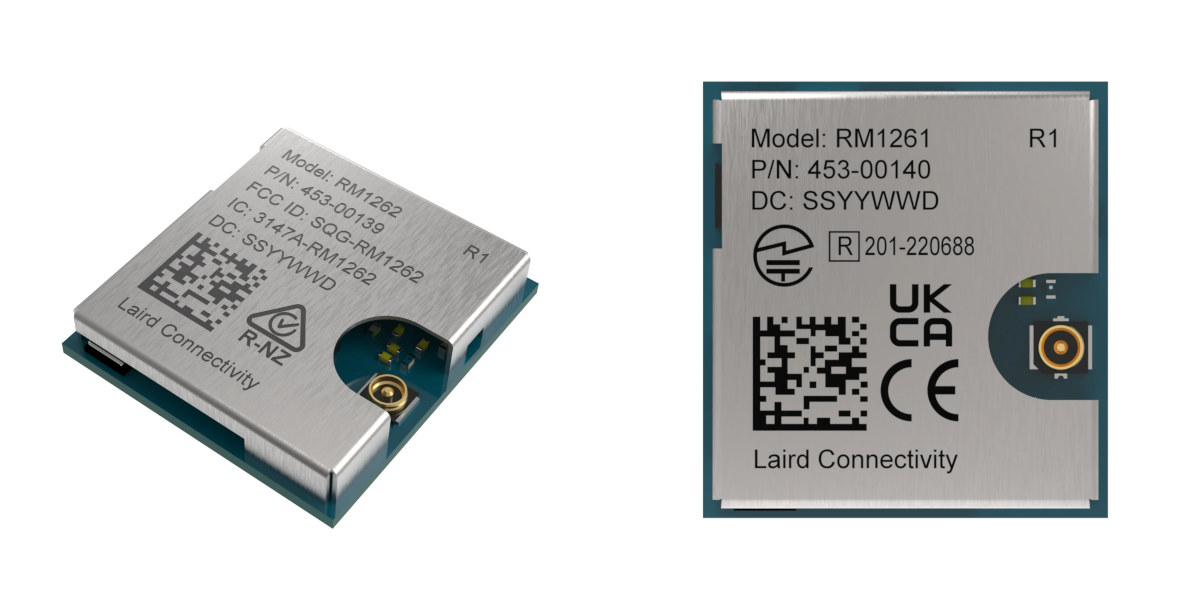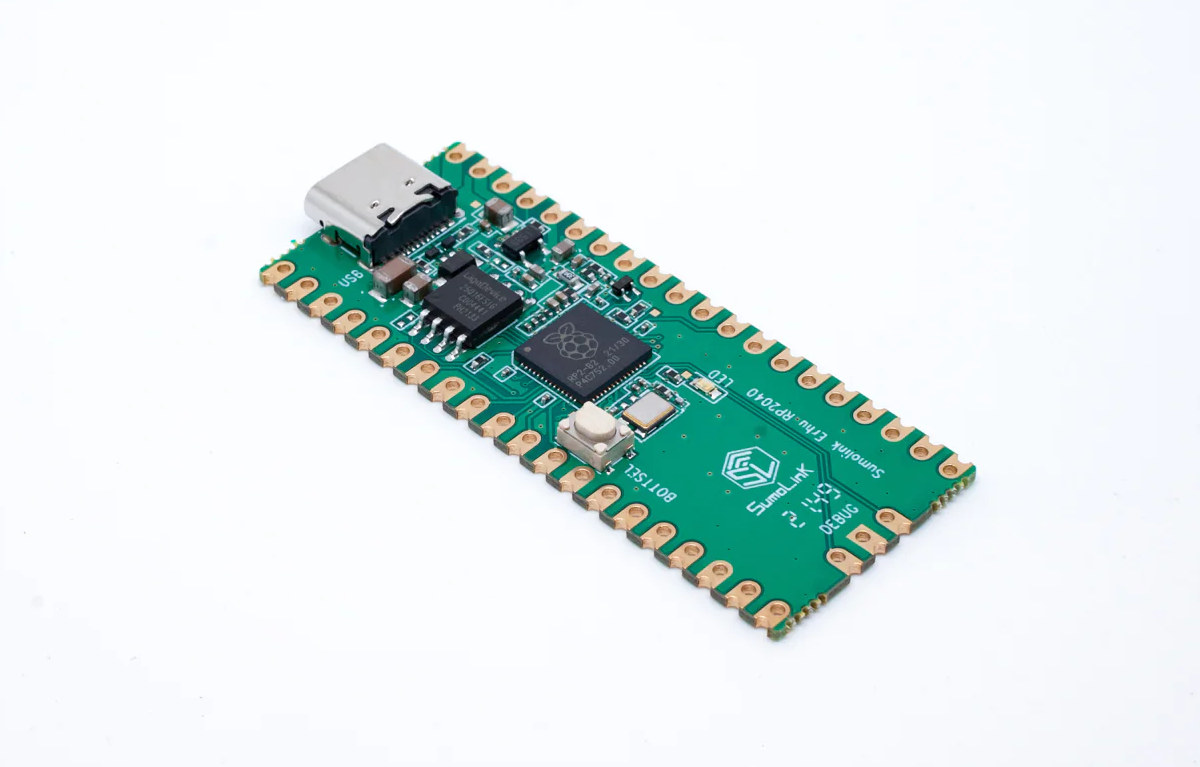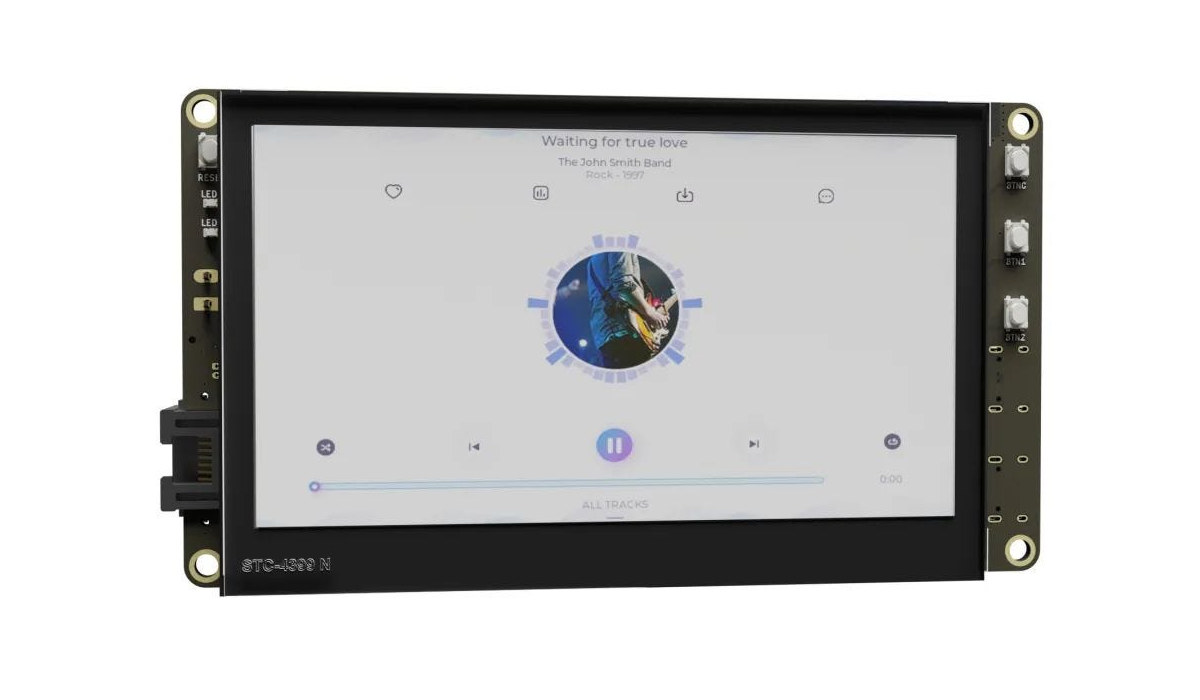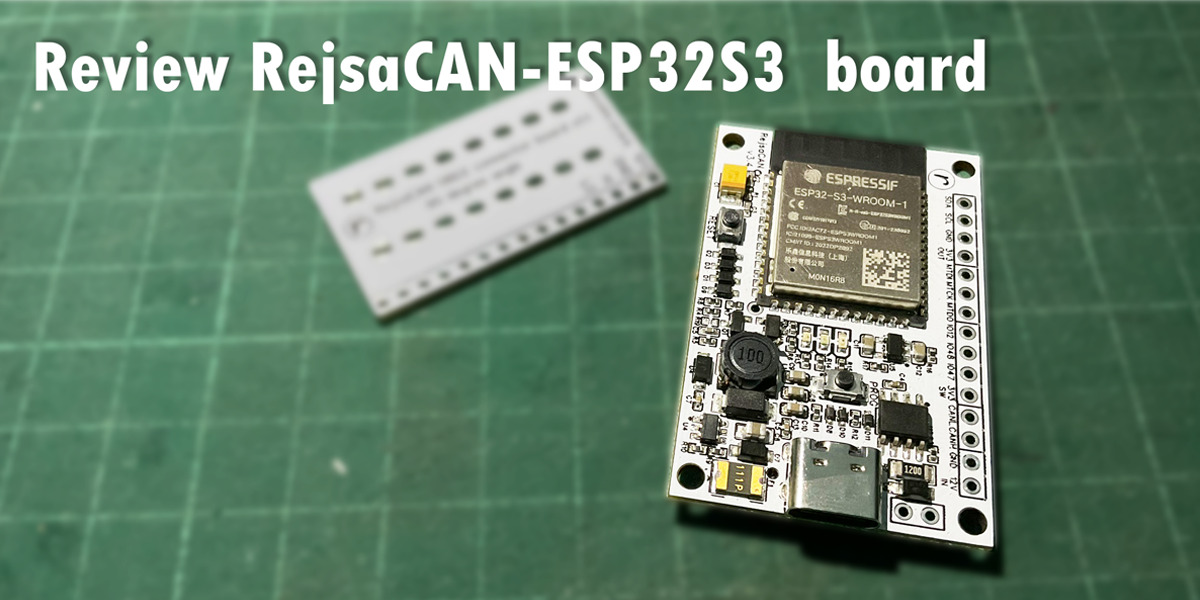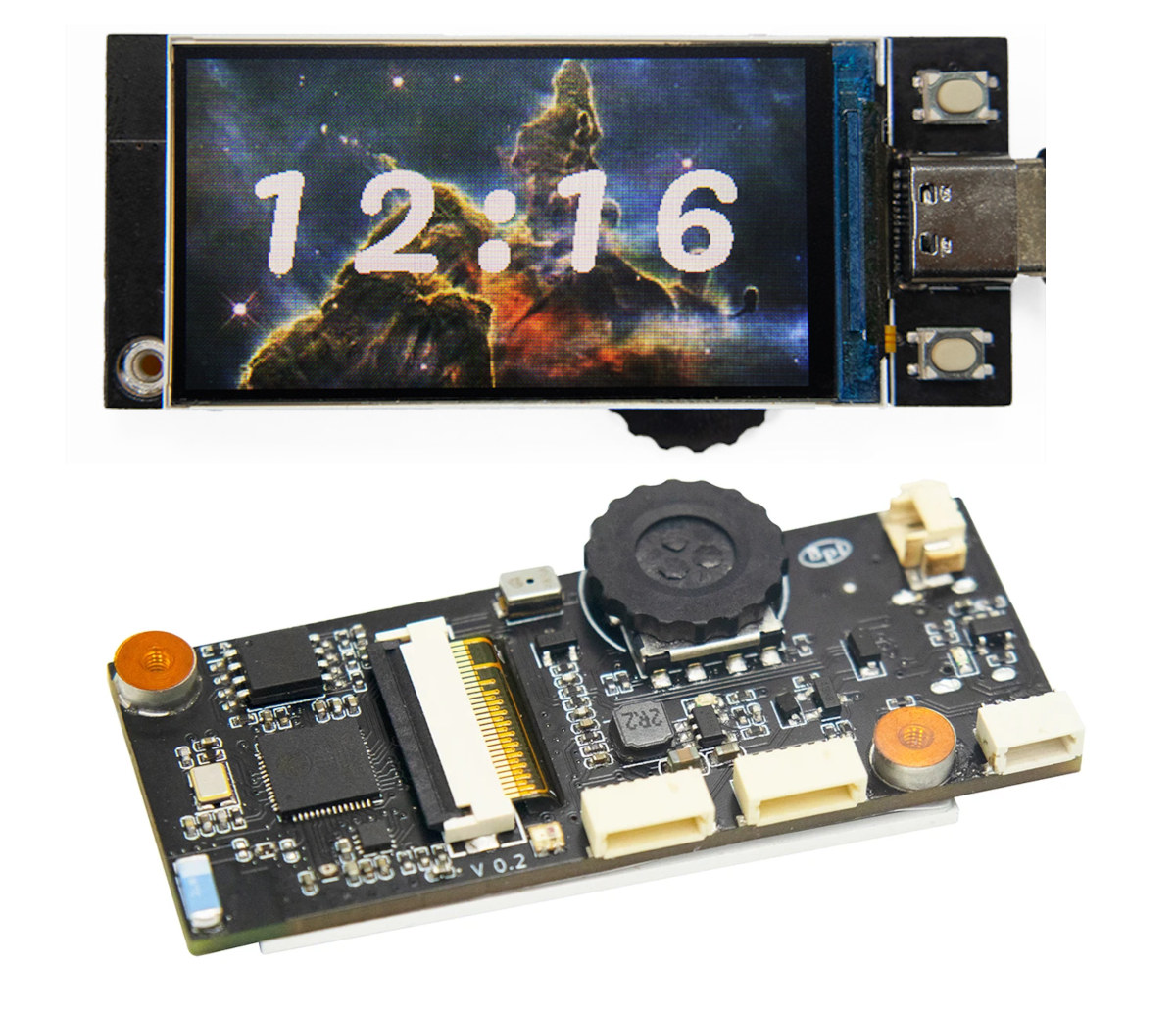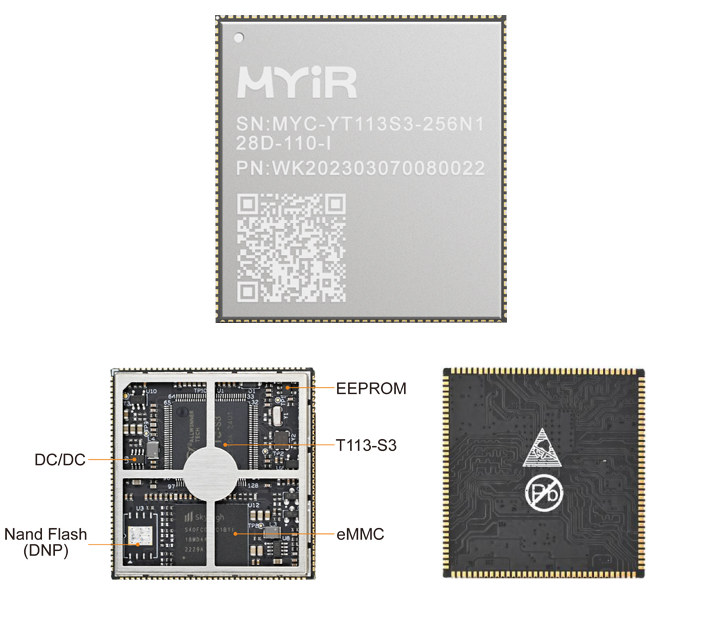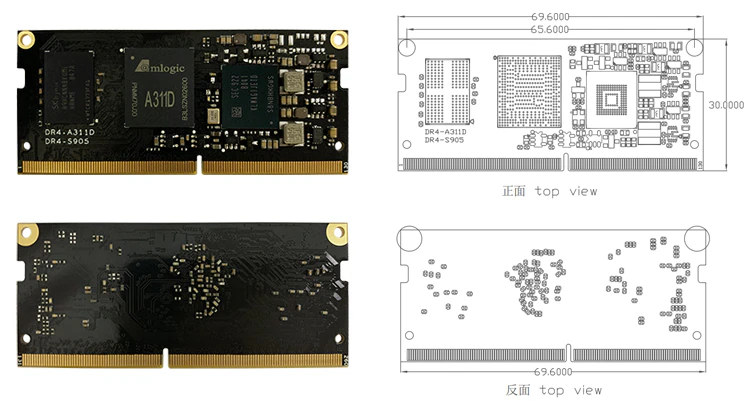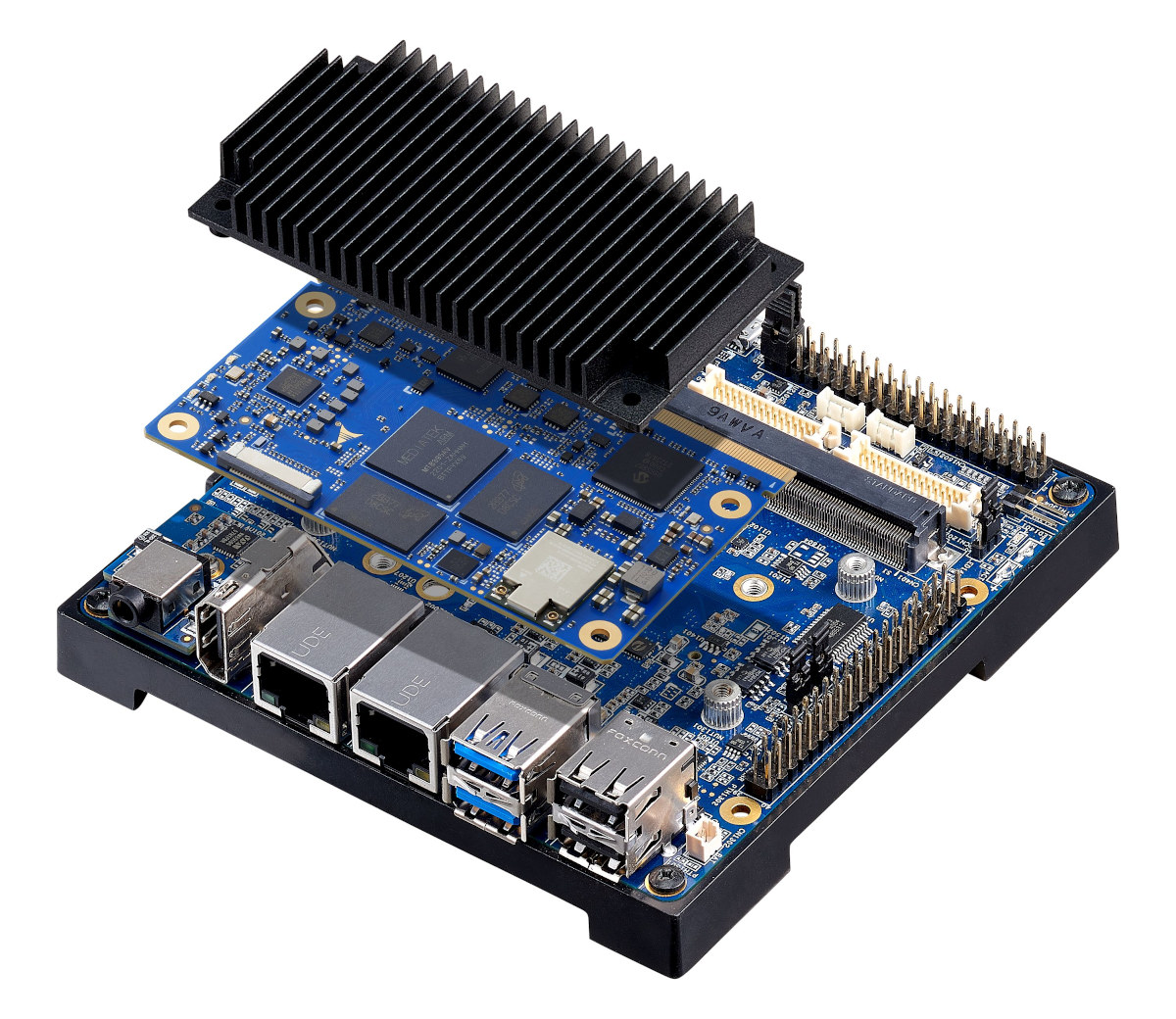Laird Connectivity has launched the RM126x series of ultra-low power LoRaWAN modules with the RM1261 based on SX1261 RF transceiver compliant with regulations in Europe, UK, Taiwan, Japan, India, and other countries, and the RM1262 based on Semtech SX1262 for USA, Canada, Australia, New Zealand, etc… The RM126x modules partially achieve their low power consumption through the use of a Silicon Labs EFR32 series microcontroller, and should be integrated into products for industrial, agriculture and forestry, smart cities, utilities monitoring, transportation, logistics, supply chain, healthcare monitoring, and retail. Laird RM126x specifications: MCU – Silicon Labs EFR32 Arm Cortex-M33 microcontroller with 512KB flash, 32KB SRAM LoRa connectivity RF transceiver – Semtech SX1261 or SX1262 Data rates LoRa 125kHz LoRa 250kHz LoRa 500kHz FSK 50kbps (as per RP002-1.0.3 ) Frequency Range (1) – 863 MHz – 870 MHz Frequency Range 2 – 902 MHz – 928 MHz LoRa Version Class – Version […]
Sumolink Erhu RP2040 is a $3.60 Raspberry Pi Pico clone with a USB-C port
The Sumolink Erhu RP2040 is a Raspberry Pi Pico clone with the exact same features except the micro USB port has been replaced by a USB-C port that may be preferred by some people, and the Wisdpi claims it is one of the world’s cheapest RP2040 MCU boards at $3.60, although that price does not include shipping. We had seen some other replicas, but most offer something different rather than just the USB-C port. Two examples that come to my mind are the WeAct RP2040 with a USB-C port, but also a Reset button and up to 16MB SPI flash, instead of the 2MB flash in the original board, and the Banana Pi BPI-Pico-RP2040 with an extra I2C connector and an RGB LED. Sumolink Erhu RP2040 specifications: MCU – Raspberry Pi RP2040 dual-core Cortex-M0+ microcontroller @ 133 MHz with 264KB SRAM Storage – 2MB QSPI flash (Note: the specs list […]
$25 Renesas “HMI Board” features RA6M3 microcontroller for RT-Thread & LVGL development
The Renesas HMI board is a Renesas RA6M3 Cortex-M4F development board with a 4.3-inch LCD developed in collaboration with the teams behind the RT-Thread RTOS project and LVGL open-source graphics library. Besides a color display for HMI (Human Machine Interface), the board also features a microSD card for data storage, Ethernet and WiFi connectivity, Arduino headers and PMOD connectors for expansion, a microphone and a speaker, a CAN bus terminal block, and two USB-C ports for debugging and power. Renesas HMI board specifications: MCU – Renesas RA6M3 (R7FA6M3AH3CFB) Arm Cortex-M4F microcontroller @ 120MHz with 2MB Flash, 640KB RAM, TFT controller, 2D accelerator, and JPEG decoder. Storage – MicroSD card slot Display – 4.3-inch LCD (RGB 888) Audio – Microphone and speaker Networking Low-profile 10/100M Ethernet RJ45 port RW007 SPI WiFi module by Shanghai Ruiside Electronic Technology USB – 2x USB Type-C ports Serial – 2-pin CAN bus terminal block Expansion […]
Programming RejsaCAN-ESP32-S3 CAN bus board with Arduino for car “hacking”
The RejsaCAN-ESP32-S3 is an ESP32-S3 board suitable for developers who want to build a car-related project. It can control or read the data from the OBD-II connector in your car using 2.4 GHz Wi-Fi or/and Bluetooth 5 (LE), or for IoT projects, connecting a sensor to the board and sending data to an app, the cloud, or log the data to a microSD Card. The board is designed to be small enough to be installed in a car. The board is an evolution of the previous ESP32-based RejsaCAN-ESP32 with the developer – Magnus Thomé – switching to the ESP32-S3 chip as previously announced. The main specifications are similar, but the ESP32-S3 is a newer LX7 processor with Bluetooth LE 5.0 support, and the ESP32 board had to use a USB-to-serial chip to communicate or upload the program through a PC, but the new board uses the USB interface on […]
Banana Pi BPI-Centi-S3 – An ESP32-S3 board with an 1.9-inch TFT display and a rotary encoder
Banana Pi BPI-Centi-S3 is an ESP32-S3 WiFi & BLE IoT board with a 1.9-inch color TFT display, a rotary encoder, and a few I/Os, which offers an alternative to the T-Track ESP32-S3 board with AMOLED and trackball we covered a few days ago. The Banana Pi board also comes with a 2MB on-chip PSRAM, an 8MB SPI flash, a USB Type-C port for power and debugging, two buttons, a buzzer, and an RGB LED. Besides powering the board with its USB-C port, you can also connect a LiPo battery with charging support. Banana Pi BPI-Centi-S3 specifications: SoC – Espressif Systems ESP32-S3 dual-core Tensilica LX7 @ up to 240 MHz with vector instructions for AI acceleration, 512KB RAM, 2MB PSRAM, wireless connectivity Storage – 8MB SPI flash Connectivity via ESP32-S3 2.4 GHz 802.11 b/g/n Wi-Fi 4 with 40 MHz bandwidth support up to 150 Mbps Bluetooth Low Energy (BLE) 5.0 connectivity […]
$14+ Allwinner T113-S3 CPU module comes with 128MB RAM, 256MB NAND flash or 4GB eMMC flash
MYiR MYC-YT113X is a low-cost solderable CPU module powered by an Allwinner T113-S3 dual-core Cortex-A7 processor with 128MB on-chip DDR3 RAM, and fitted with either a 256MB NAND flash or a 4GB eMMC flash for storage. The industrial temperature grade module provides a lower-end alternative to the company’s earlier MYC-YT507H Allwinner T507-H Cortex-A53 CPU module, and offers various display, camera, audio, Ethernet, USB, and low-speed I/Os through a 140-pin stamp hole design. It is designed for HMI, industrial automation, as well as display and control terminals. MYiR MYC-YT113X specifications: SoC – Allwinner T113-S3 CPU – Dual-core Arm Cortex-A7 @ 1.2 GHz with 32 KB L1 I-cache + 32 KB L1 D-cache per core, and 256 KB L2 cache DSP – Single-core HiFi4 VPU – H.265/H.264 video decoding up to 1080p60 and JPEG/MJPEG video encoding up to 1080p60 Memory – 128 MB DDR3 Storage – 4GB eMMC or 256MB NAND flash, […]
Rongpin DR4-S905/DR4-A311D SoM features Amlogic S905D3 or A311D processor
Shenzhen Rongpin Electronic Technology (Rongpin) DR4-S905 and DR4-A311D are SO-DIMM system-on-modules (SoM) respectively powered by Amlogic S905D3 quad-core Cortex-A55 processor and Amlogic A311D octa-core Cortex-A73/A53 processor. The modules come with 2GB LPDDR4 and 16GB eMMC flash by default, but can be ordered with up to 4GB RAM and 128GB storage, and the company offered a feature-rich carrier board to test all interfaces provided but the system-on-modules. DR4-S905 system-on-module specifications: SoC – Amlogic S905D3 quad-core Cortex-A55 processor @ 1.9GHz with Arm Mali-G31MP2 GPU up to 800MHz supporting OpenGL ES 3.2, Vulkan 1.0 and OpenCL 2.0, real-time Cortex-M4 core for always-on processing, and 1.2 TOPS NPU System Memory – 2GB LPDDR4 by default (1GB/4GB options) Storage – 16GB eMMC 5.1 flash by default (8GB, 32GB, 64GB, 128GB options) SO-DIMM edge connector for connection to a carrier board Power management – Discrete design Dimensions – 69.6 x 30mm Temperature Range – -25℃ to […]
MediaTek Genio 1200 system-on-module powers Cortex-A78/A55 AIoT & robotics development kit
ADLINK Technology’s SMARC 2.1 compliant LEC-MTK-I12000 system-on-module (SoM) features the MediaTek Genio 1200 octa-core Cortex-A78/A55 AIoT processor coupled with up to 8GB RAM and 256GB UFS storage, and powers the I-Pi SMARC 1200 development kit designed for robotics and AIoT applications. LEC-MTK-I1200 MediaTek Genio 1200 system-on-module LEC-MTK-I1200 SoM specifications: SoC – MediaTek Genio 1200 (MT8395) octa-core processor with 4x Cortex-A78 cores @ 2.2GHz, 4x Cortex-A55 cores @ 2.0GHz with penta-core Arm Mali-G57 GPU @ 880MHz with support for OpenGL ES 3.2/2.0/1.1, Vulkan 1.1/1.0, OpenCL 2.2, 5.0 TOPS NPU, HiFi 4 audio DSP, etc… System Memory – 4 or 8 GB LPDDR4X Storage – 32, 64, 128, or 256 GB UFS storage, compatible with UFS gear 2.1 Wireless – 802.11b/g/n/ac WiFi 5 2×2 MU-MIMO, Bluetooth 5.0 314-pin MXM connector with Storage – 1x SDIO (4-bit) compatible with SD/SDIO standard, up to version 3.0 Display HDMI 2.0b up to 4Kp60 Dual-channel LVDS […]

